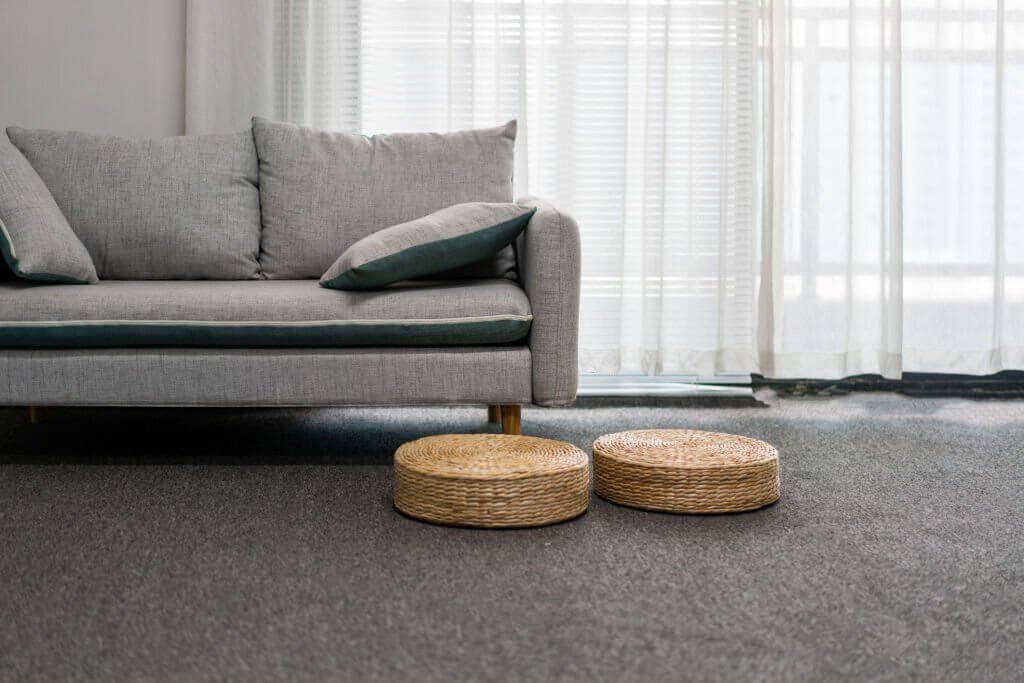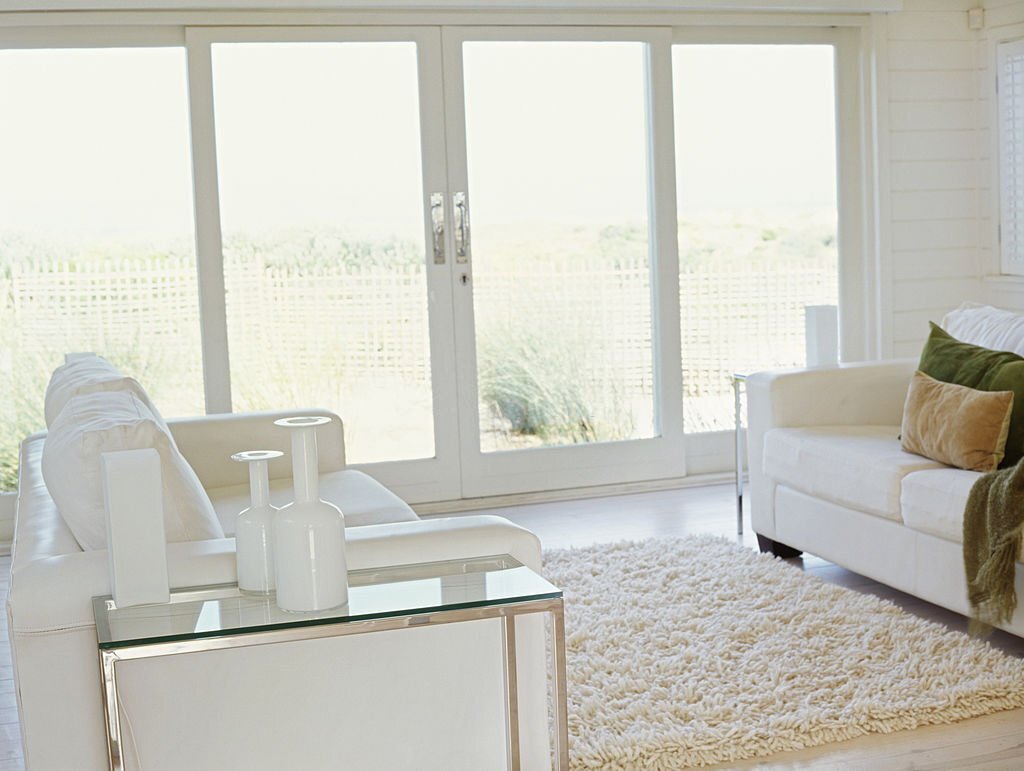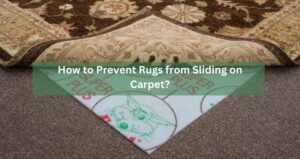With the right color and texture, carpeting can make any room feel cozy and beautiful. However, different carpets have different cleaning needs and must be cleaned differently. Here Rugs and Carpets Dubai Brand presents you about the different types of carpets and which ones get cleaned the most.
The carpet’s construction – for example, the length and strength of its fibers – will affect how easy it is to clean and how well it will hold up over time. For active households, certain carpets are coated with stain-resistant chemicals.
The Most Common Easy to Clean Carpets
Even though some carpets are more common than others, we clean them all the time. Let’s discuss the 6 Types of carpets below:
1) Berber Carpets
Berber carpet is one of the easiest carpets to clean for a good reason – they’re built to last. Berber carpets get their name from traditional hand-tied rugs and feature tight loops that are difficult to break. The black spots on Berber carpets are strategically placed to help hide dirt, and the strong design makes them perfect for high-traffic areas.
Because they can withstand much foot traffic, Berber carpets are ideal for homes, schools, and commercial buildings. They are also treated to prevent stains and require little maintenance – like a low-moisture cleaning every six to twelve months.
2) Nylon Carpets
- Nylon is a tough material for carpeting, making it the best choice for anyone who wants a strong and cheap option and, most importantly, an easy-to-clean carpet
- It is a naturally strong material that can keep its shape and look for a long time
- Since liquids can get deep into them, they need help to resist stains. They are installed with a strain treatment to keep them clean and stains-free
- Still, nylon carpets are very easy to clean and take care of
- For standard cleaning, you must hoover regularly and treat stains as they happen
- Also, using a carpet cleaner once every six months is fine
- Your nylon carpet will look clean and fresh
3) Polyester Carpets
- Polyester, like nylon, is a strong synthetic material
- Polyester is oil-based, making it more stain-resistant than nylon
- The carpet is too thick to discolor
- Polyester carpets may stain, but they’re hard to dye
- This carpet is popular with families with dogs and young children
- Your carpet won’t be permanently stained if your toddler spills something or your cat has an accident
- After cleaning, the carpet should appear like new. Oil-based contaminants may degrade polyester carpets
- Synthetic carpets may be made from materials other than nylon. Nylon is easy to maintain regardless of hue
- Polyester is utilized in synthetic carpets since it’s simple to clean and stain-resistant
- Pet pee, spills, and beverages. Nonetheless, oil streaks and faster wear
4) Plant Fibres Carpets
Natural carpets are created from wool, cotton, jute, bamboo, sisal, seagrass, and others. Bamboo and jute are ideal.
Wool Carpet Cleaning requires additional cleaning due to spills and stains. Jute, a plant fabric, lasts long and cleans easily, and it’s silky and cozy.

5) Cut or Loop Pile
- A carpet’s pile can be cut or looped. A cut pile carpet has fibers with their ends cut off.
- This is often done in homes because it makes the carpet look longer and softer.
- The strands are twisted, looped, and sewn back into the base in a loop pile.
- Carpets with tighter loops may be harder to clean, but they will last longer.
6) Polypropylene Pile
- This is another kind of synthetic carpet that is very tough.
- It’s hard to stain because it doesn’t soak up water well, but it may be hard to clean.
- Even if the fibers aren’t very flexible and the pile height isn’t very high, they’re easy to take care of.
- However, you’ll need a skilled cleaner to eliminate all the problem spots.
Also Read: How to Clean Fur Rug
Dry Carpet Cleaning
Dry carpet cleaning, often known as “compound cleaning,” is a new method that experts say is the inevitable progression from encapsulation cleaning. Dry carpet cleaning opens the carpet fibers and enables cleaning solution or powder to settle within using a motorized counter rotating brush equipment.
FAQs
How to Clean Sensitive Fibre Carpets?
- Cleansing
Treating spills and stains immediately from Home Carpets reduces long-term harm. Avoid pushing liquid spills into the carpet by gently blotting them. Use a spoon to gently remove semi-solid spills before treating the stain.
Scrubbing will harm the carpet and make the stain worse. Spot cleaners work if water doesn’t; spot and stain removers differ per stain. Always test chemical cleansers first.
- Hydro Extraction
- Hot water extraction or steam cleaning, in which the carpet dirt and grime bubble out after softening by the steam and cleaning the fibers by steam.
- After that, using a cleaning chemical and brushing the stain is normal.
- After a few minutes, steam the carpet to remove the cleaning solution.
- Lastly, dry the carpet in a cool place.
- Most experts recommend steam cleaning a carpet in the late afternoon so it may dry overnight without being disturbed.
- Shampooing
Shampoo cleans extremely filthy carpets but leaves a frothy residue that takes longer to dry. Cheaper products may leave a sticky residue that attracts dirt and stains since they don’t rinse.
- Encapsulation
- Synthetic detergents dry into powder for foam encapsulation.
- The powder “encapsulates” loose carpet debris before vacuuming or brushing it away.
- It’s popular since it’s ecologically friendly and dries faster. Encapsulation carpet cleaning may remove stains from lightly soiled carpets but cannot remove heavy filth.
- Buffing
A heavy-duty motorized machine with a cleaning solution-soaked rotating pad cleans the carpet’s top. Bonneting is a “quick fix” that doesn’t clean the carpet below the “surface” fibers. Bonneting may also leave chemical residue in the carpet since the hefty machine drives the chemicals and debris back in.
What is the easiest color carpet to keep clean?
The easiest color carpet to keep clean depends on various factors such as the level of foot traffic, presence of pets or children, and personal preferences. However, generally speaking, carpets in darker shades or patterns tend to be more forgiving when it comes to showing dirt, stains, and wear.
Colors such as dark brown, gray, or black can help conceal everyday dirt and stains, making them appear cleaner for longer periods. It’s worth noting that regular maintenance and cleaning practices, such as vacuuming and prompt stain removal, are essential regardless of the carpet color to ensure cleanliness and longevity.
Final Words
There are many different kinds of carpets on the market. They are made from different materials and have different pile designs, affecting how clean they are and how well they resist stains.
Even the most durable carpets need to be cleaned, so if you need help, please call us. We have years of experience cleaning many kinds of carpets, so you can be sure we will keep yours in perfect shape.








